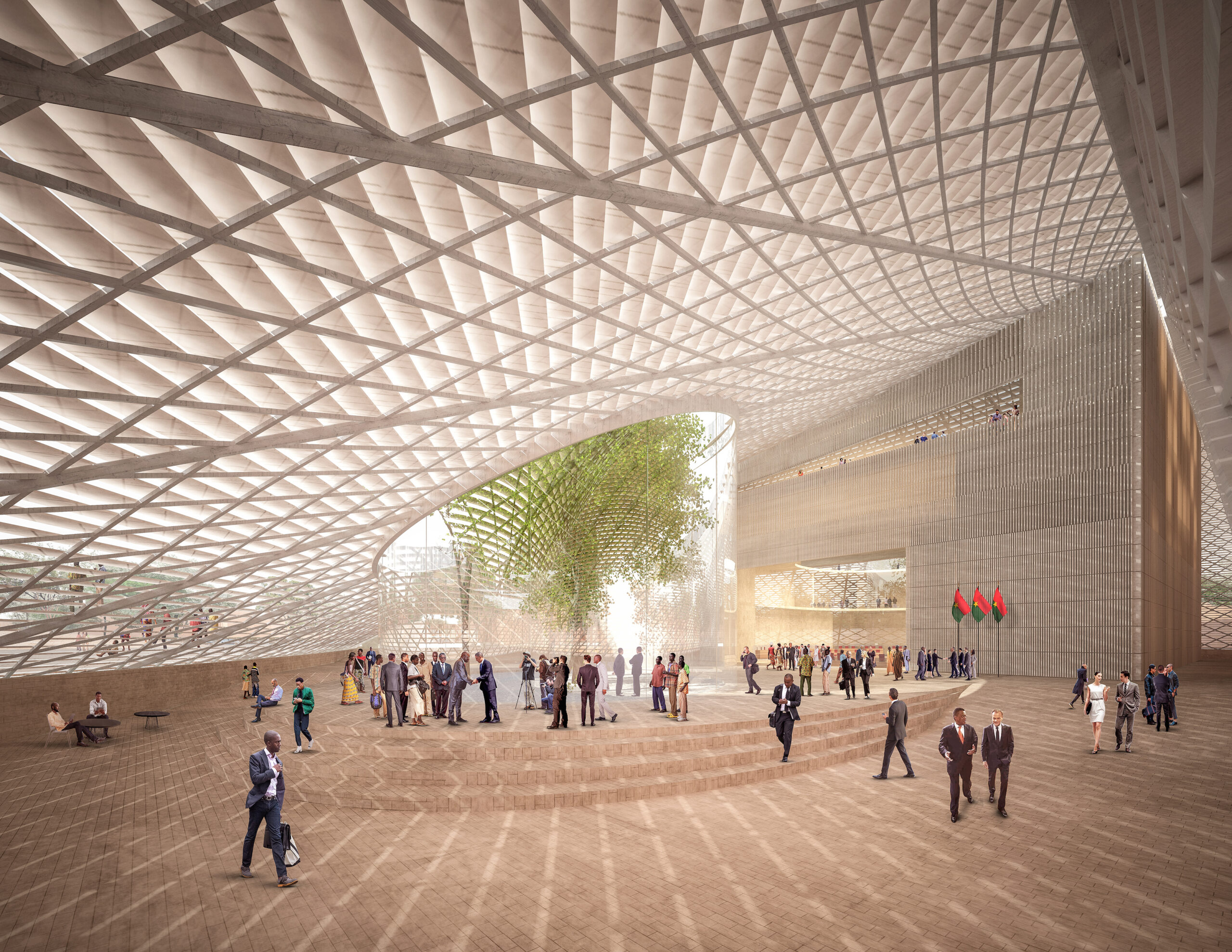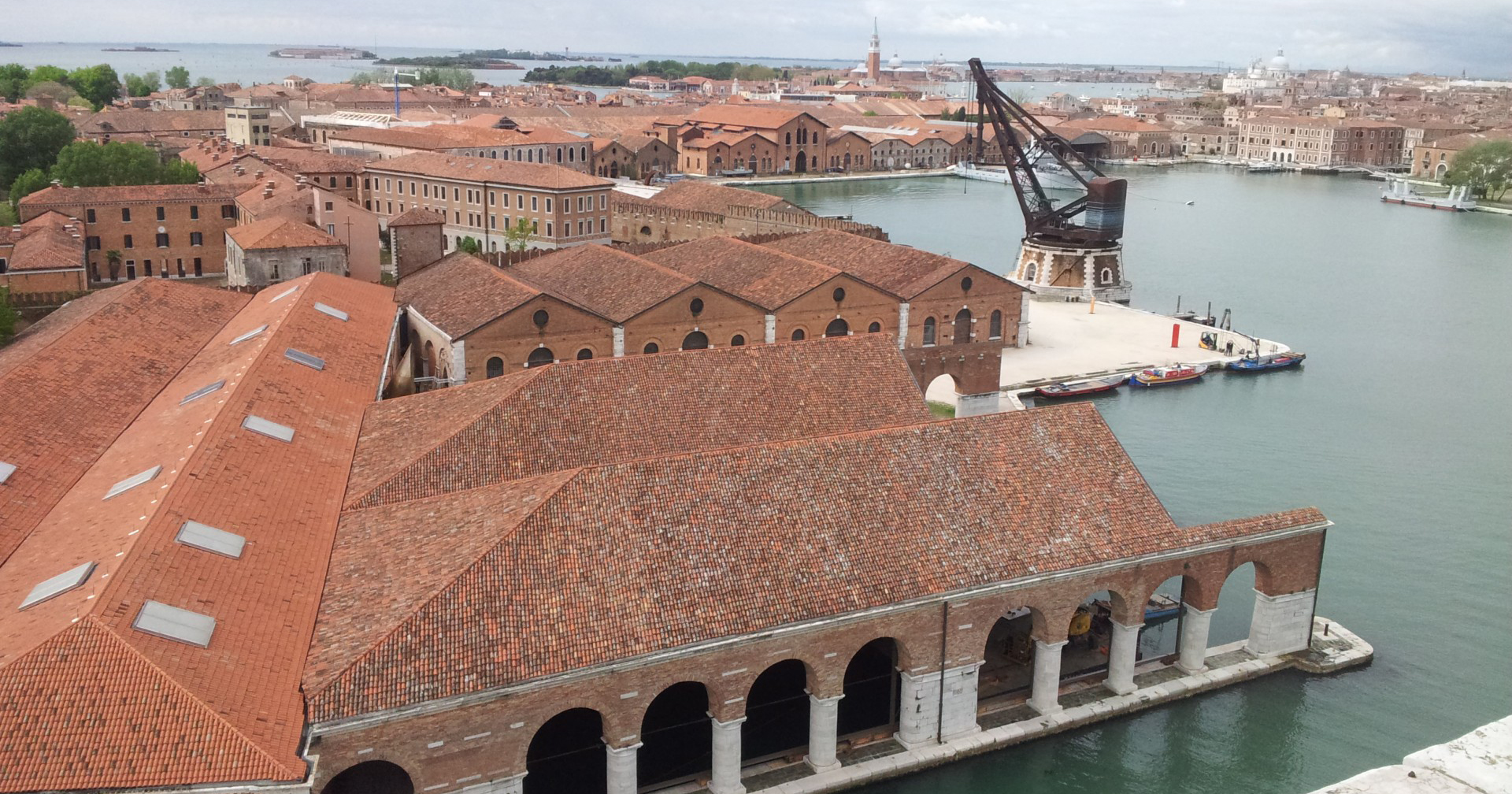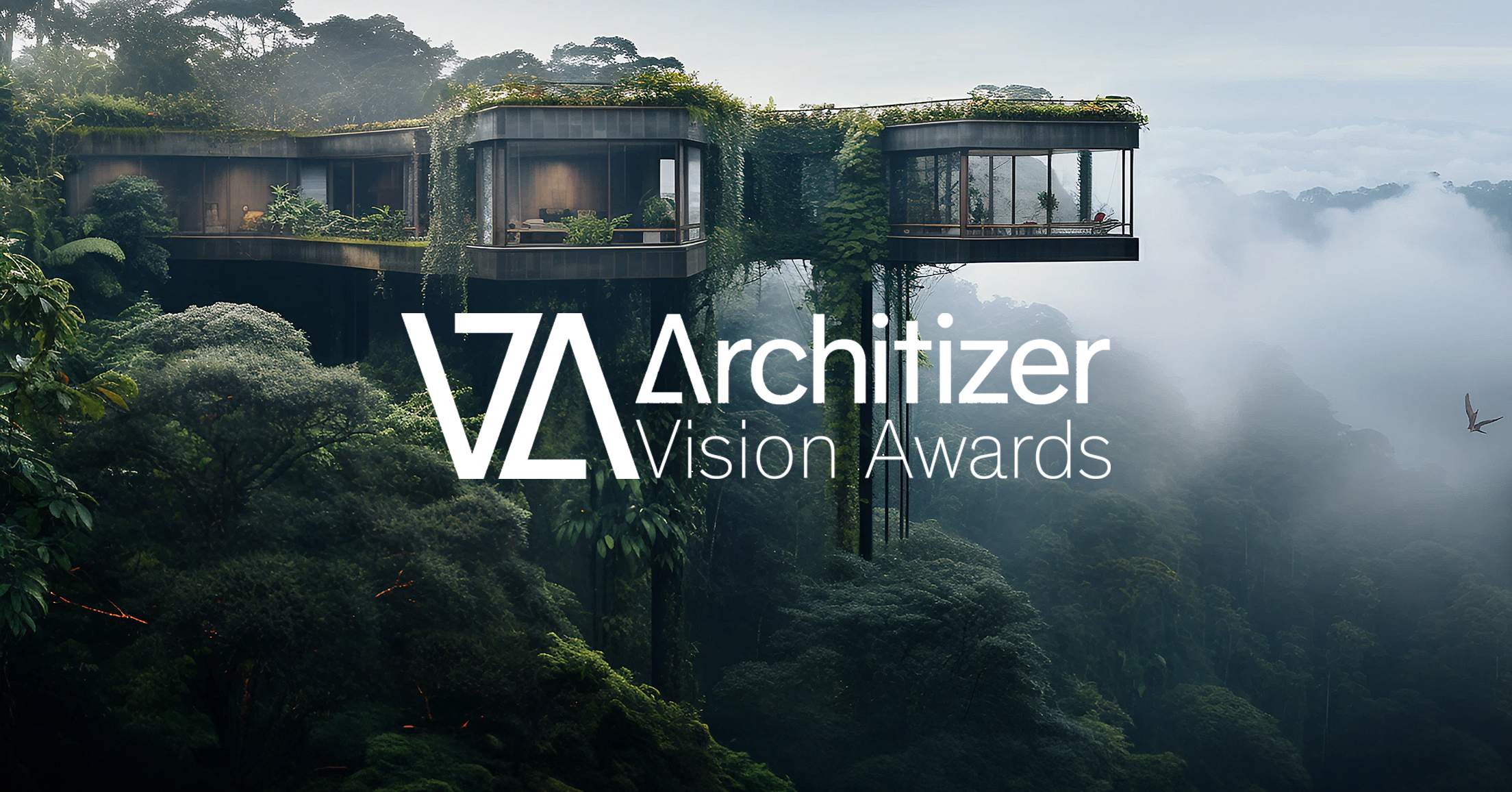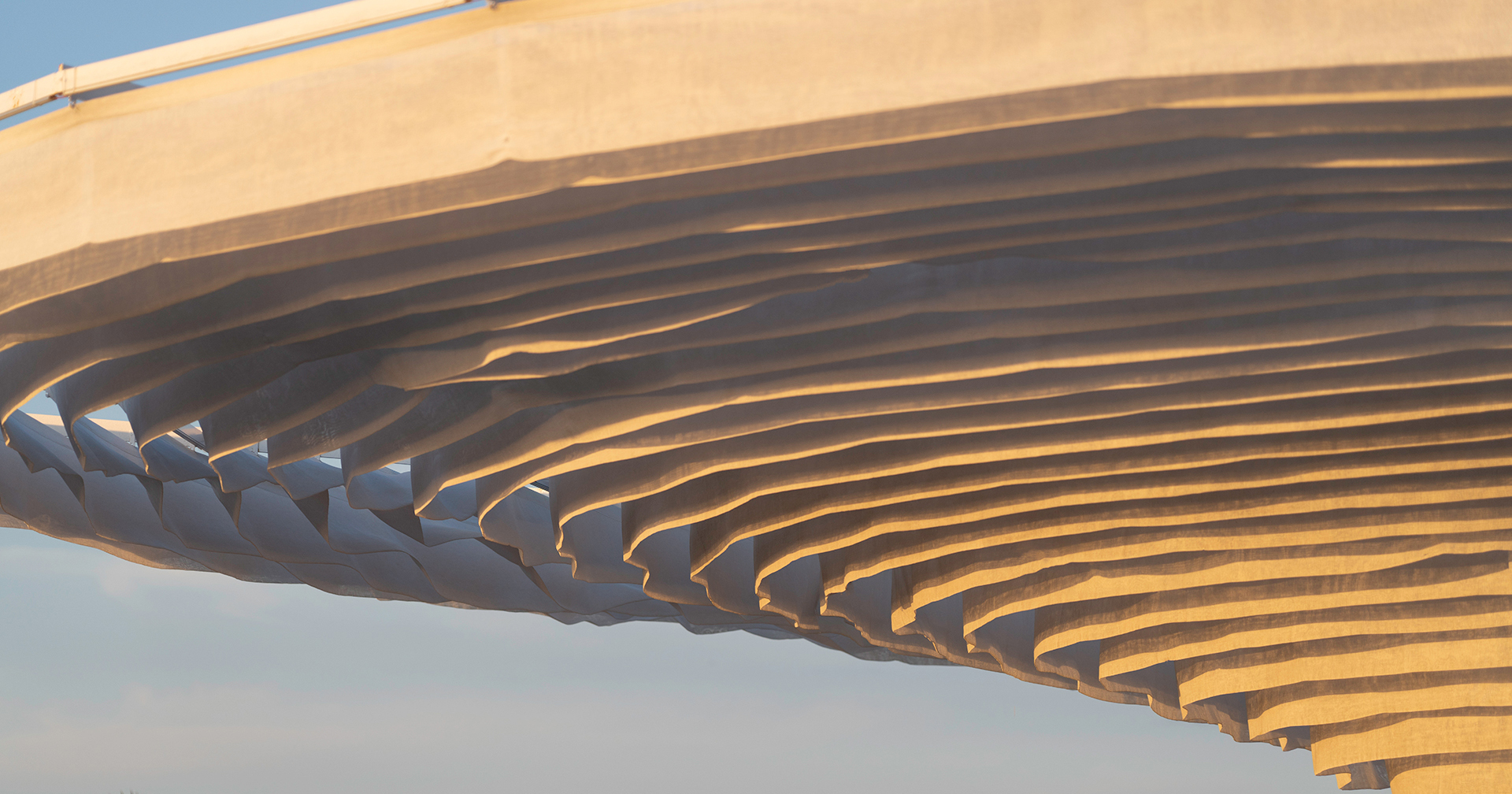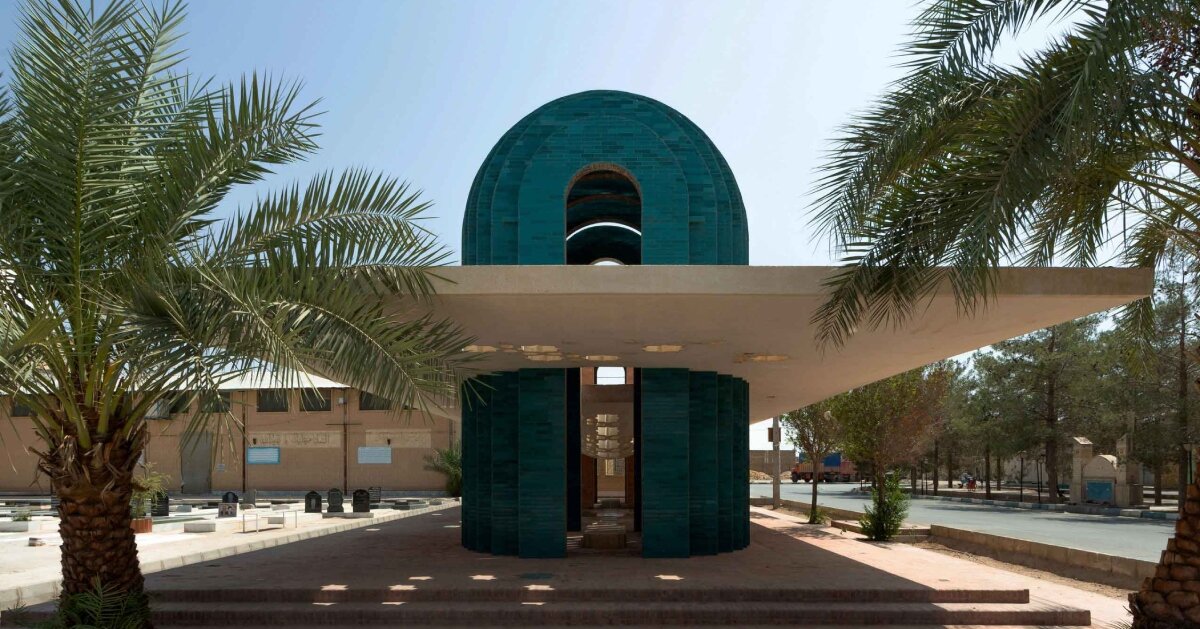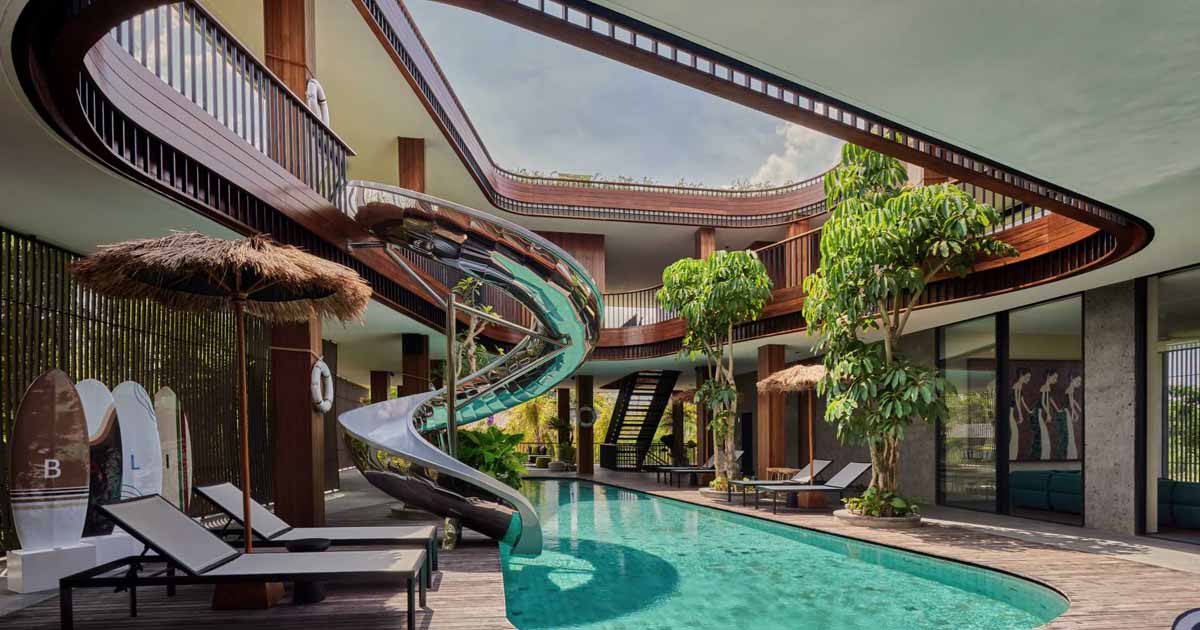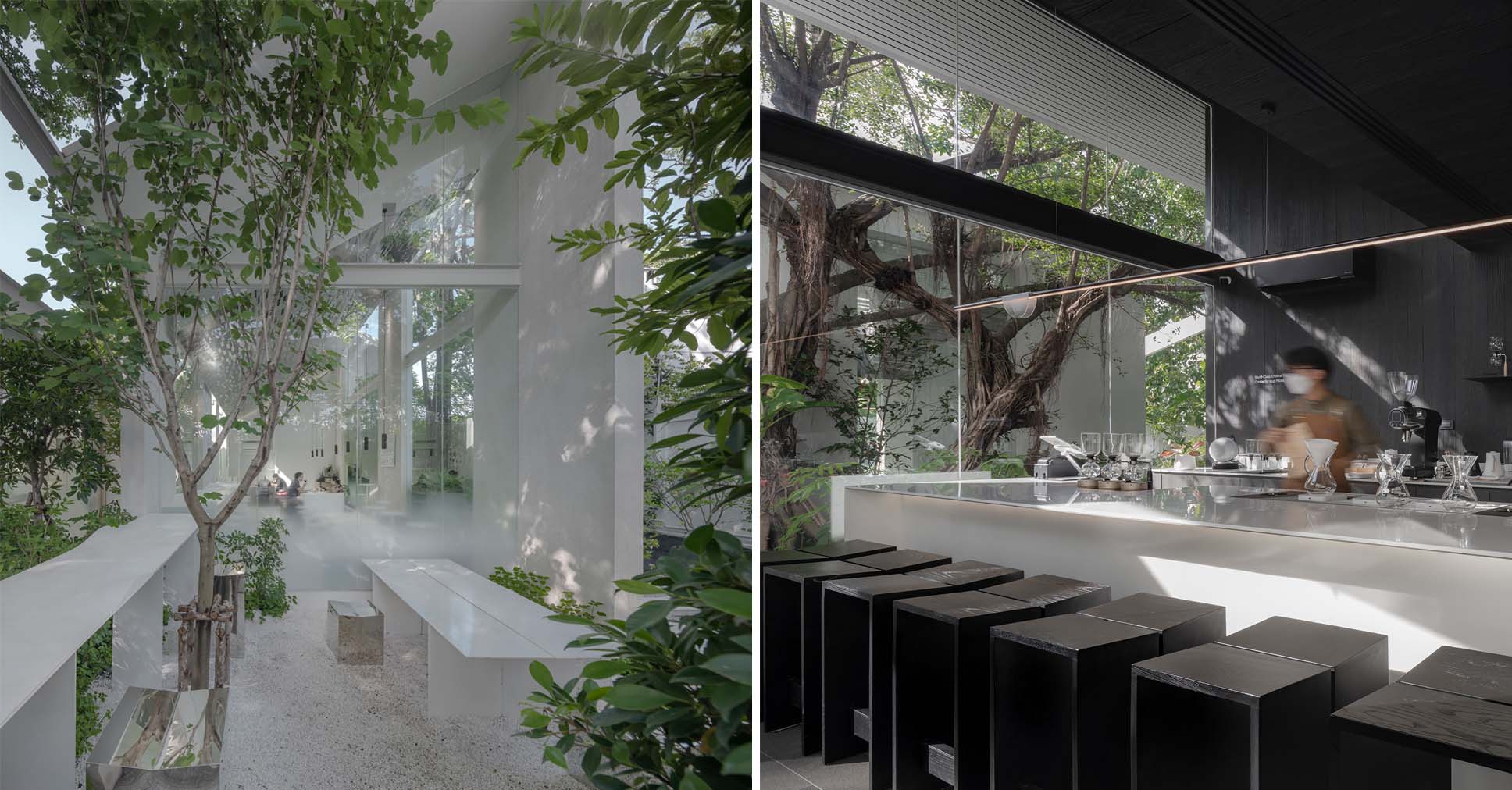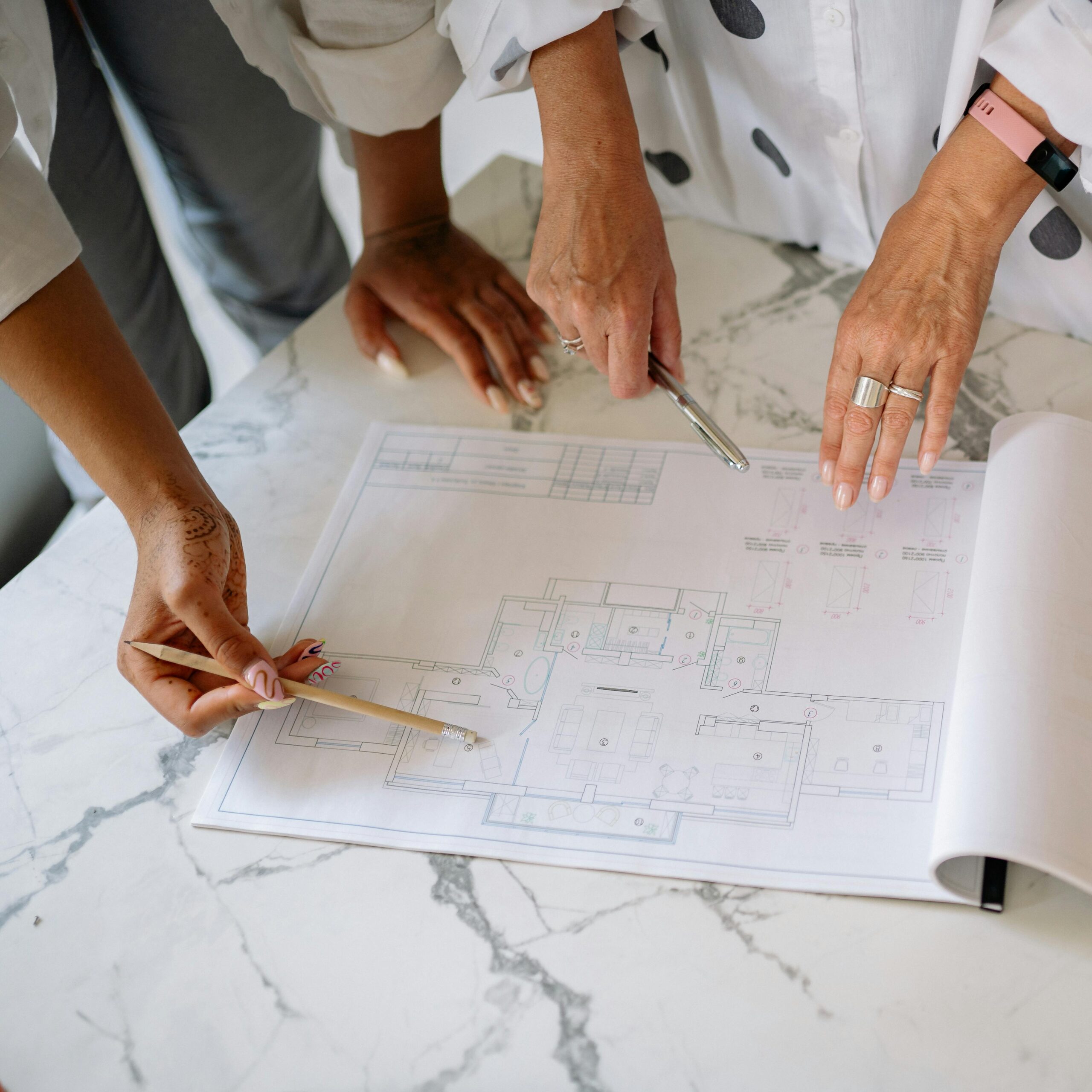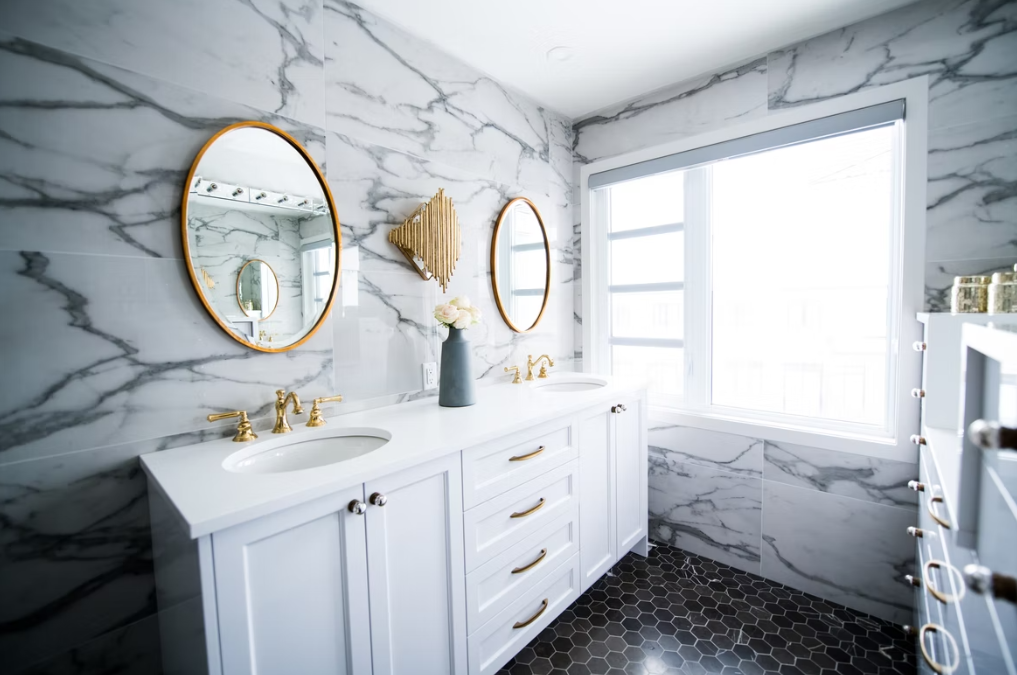Ambient Architecture: Designing for Tranquility in a Over Stimulated World
Battling sensory bombardment is a fight architects are winning by repositioning design's stance on the frontlines. The post Ambient Architecture: Designing for Tranquility in a Over Stimulated World appeared first on Journal.
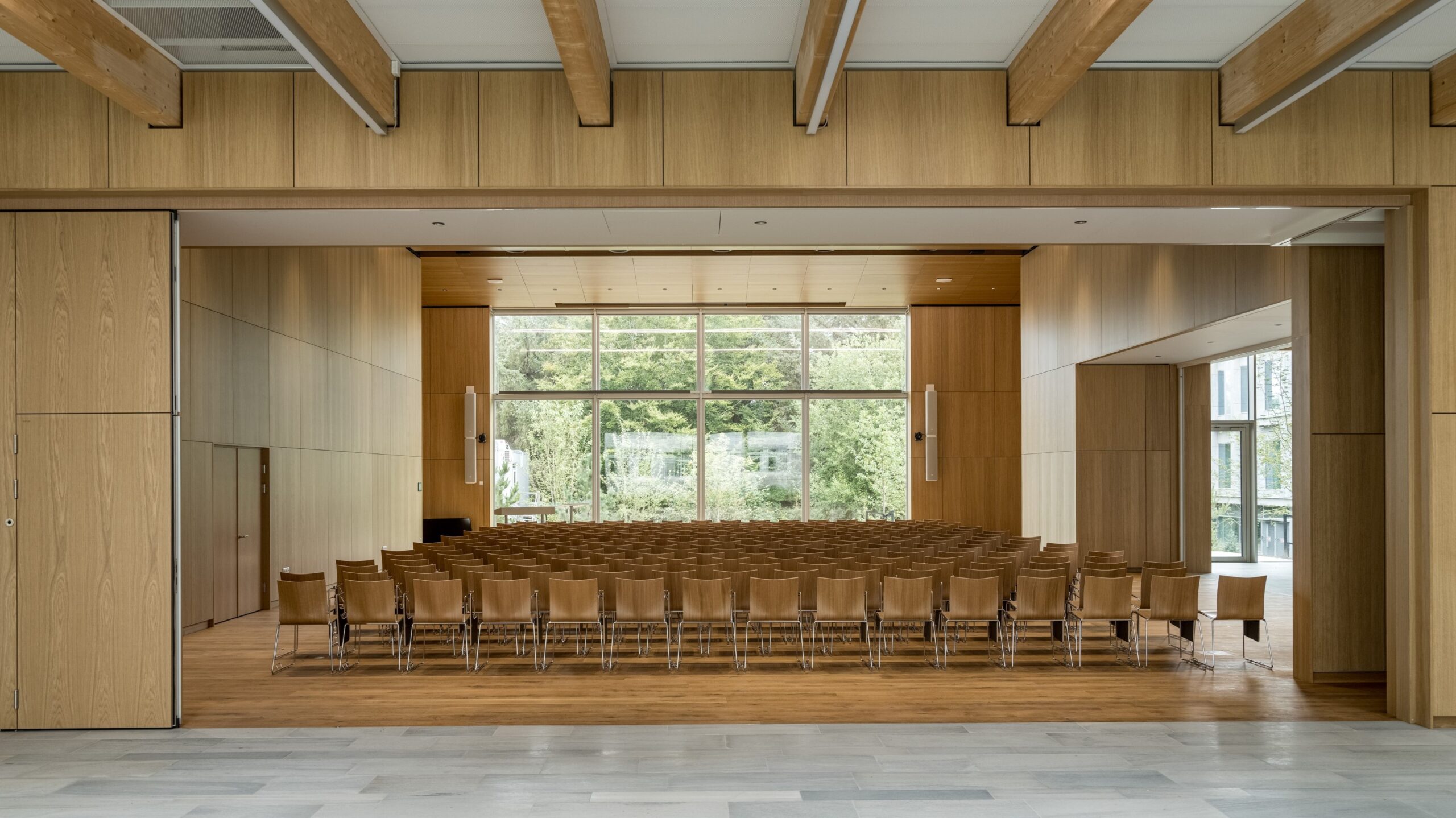
Calling all architects, landscape architects and interior designers: Architizer's A+Awards allows firms of all sizes to showcase their practice and vie for the title of “World’s Best Architecture Firm.” Start an A+Firm Award Application today.
Pop over to Spotify, or any other music streaming platform, and type the word “Ambient” into your search bar. What you’ll find is thousands of playlists, all containing ambient music tracks. One of the first to be listed, “Ambient Relaxation”, is 232 songs, eleven hours and has over 1.25 million saves (for context “This is Taylor Swift” has 6 million). Head on over to YouTube, and the story is much the same, “Ambient Study Music To Concentrate” by Quiet Quest has 475,000 subscribers and has been viewed 43 million times.
Ok, so it might not be Despacito at 8.48 billion, but with thousands upon thousands of these types of ambient videos, theres is definitely something going on. So, what is ambient music, and what does it have to do with architecture?
Compared to other music genres, ambient music is a bit of an outlier. That’s because, unlike almost all other types of music you can think of, we can trace ambient music to its origin — back to one individual, an artist named Brian Eno of Roxy Music fame. In the mid-1970s, after an accident left him bedridden, Eno experienced a moment that would change how he thought about music. A friend had gifted him a 17th-century harp record, but with one busted speaker, the volume too low, rain pattering outside, and no ability to move from the spot he was in, Eno discovered that the music blended with the ambient sounds of his environment. The delicate fusion of sound and silence sparked an idea, music that was “as ignorable as it was interesting.” With that, ambient music was born.
Ambient music is all about creating an aural landscape. It features gentle, evolving textures and seemingly random subtle layers of sound that ebb and flow without a dominant note, rhythm or melody. It’s designed to evoke a sense of calm and contemplation, allowing listeners to fully lose themselves in the moment, which goes a long way in explaining why it’s so popular as music to aid concentration. As fascinating as that is, you may be asking yourselves, again, what does that have to do with architecture?
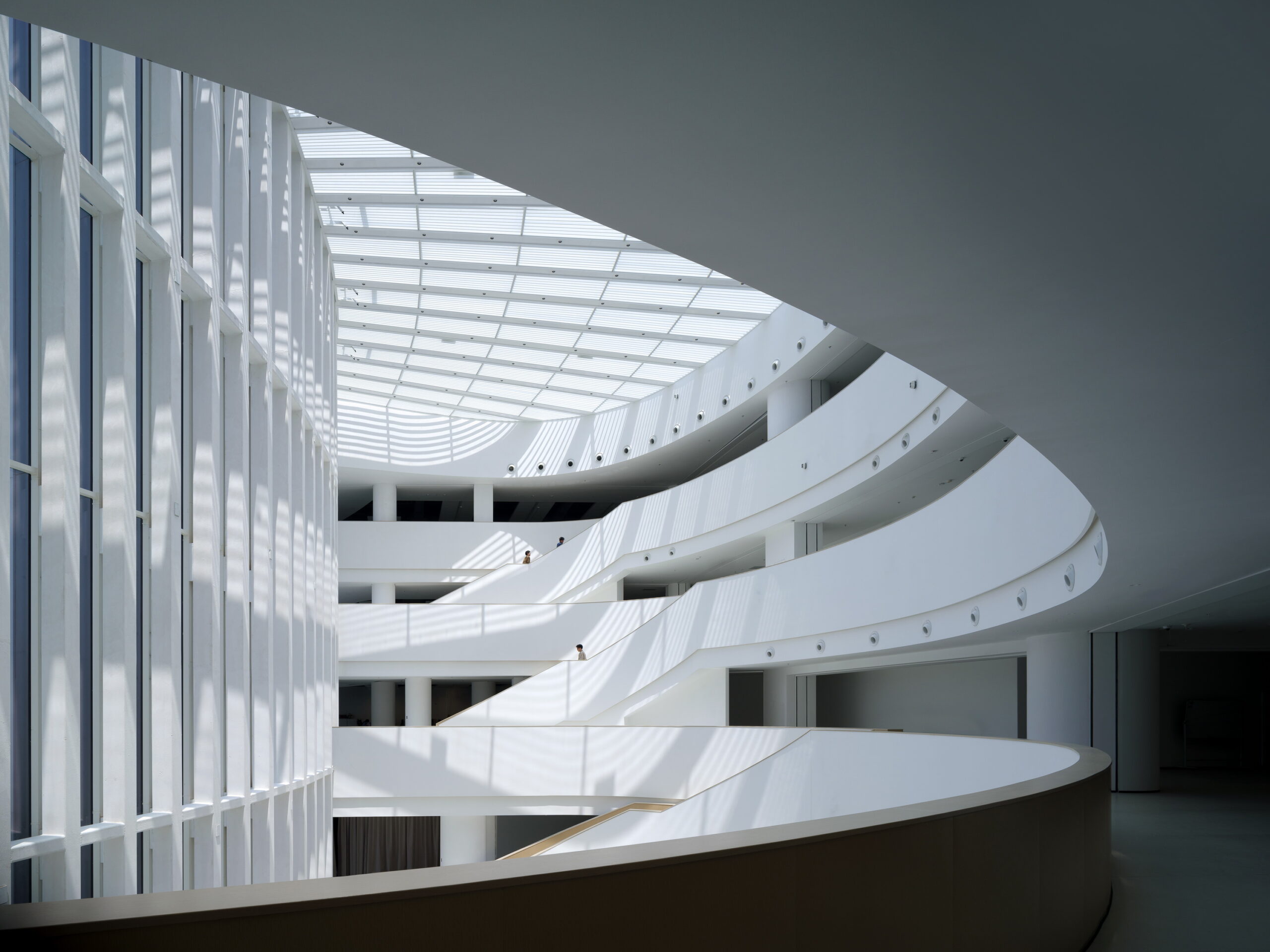
Uniview Headquarters by GOA (Group of Architects), Zhejiang, China | Popular Choice Winner, Office – High Rise (16+ Floors), 12th Annual A+Awards |
Photograph by Rudy Ku
Well, you see, societal trends are more often than not reflected in our architecture, and over the last decade, overstimulation has become a serious problem. As our cities become denser, our urban landscapes have fast become sensory battlegrounds — bright lights, blaring sirens, buzzing smartphones and the never-ending barrage of data we are confronted with every day — all play a part in stretching-thin our shortening attention spans and negatively affecting our mental well being. It is true that people living in cities have a 40% higher risk of depression and a 20% increased risk of anxiety compared to those in rural areas. Burnout has become so prevalent that the World Health Organization now recognizes it as an occupational phenomenon, and the fact is, we need to do something about it. We need clarity and calm.
Like the Garden City movement that followed the poisonous polluting Industrial Revolution or the Modernism that brought structure and simplicity after the war, ambient architecture is a response to what is happening around us as architects and designers strive to create buildings that whisper instead of shout to bring much-needed tranquillity to our concrete jungles.
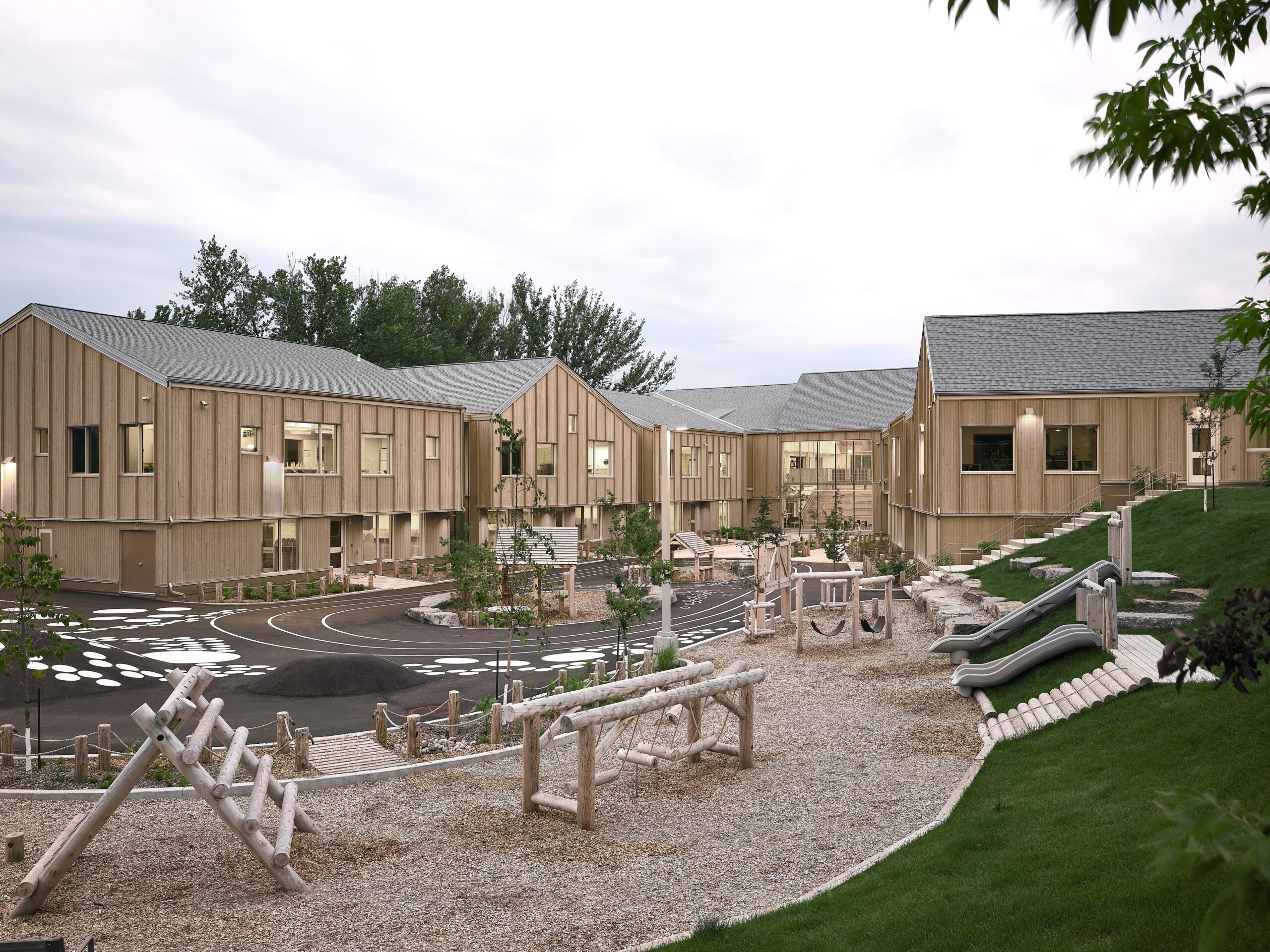
École de l’Étincelle (Lab-école) by BGLA architecture | urban design, Agence Spatiale inc., APPAREIL Architecture, Chicoutimi, Canada | Popular Choice Winner, Primary and High Schools, 12th Annual A+Awards | Photograph by Maxime Brouilette
Firstly, architects and designers are dialing back the visual chaos. While flamboyant façades and awe-inspiring angels are far from a thing of the past, there’s a noticeable shift towards simplicity and authenticity that favors cohesion, clean lines, and a sense of unclutteredness inside and out. Many of these ambient buildings blend in with their terrain, amplifying what already exists or integrating within the landscape instead of fighting for the front seat. By stripping away unnecessary ornamentation and focusing on essential forms that protect and preserve their surroundings, architects are creating buildings that give our eyes a much-needed break. Designing monuments that soothe rather than stimulate, allowing us to enjoy our towns and cities without relentless visual assault.
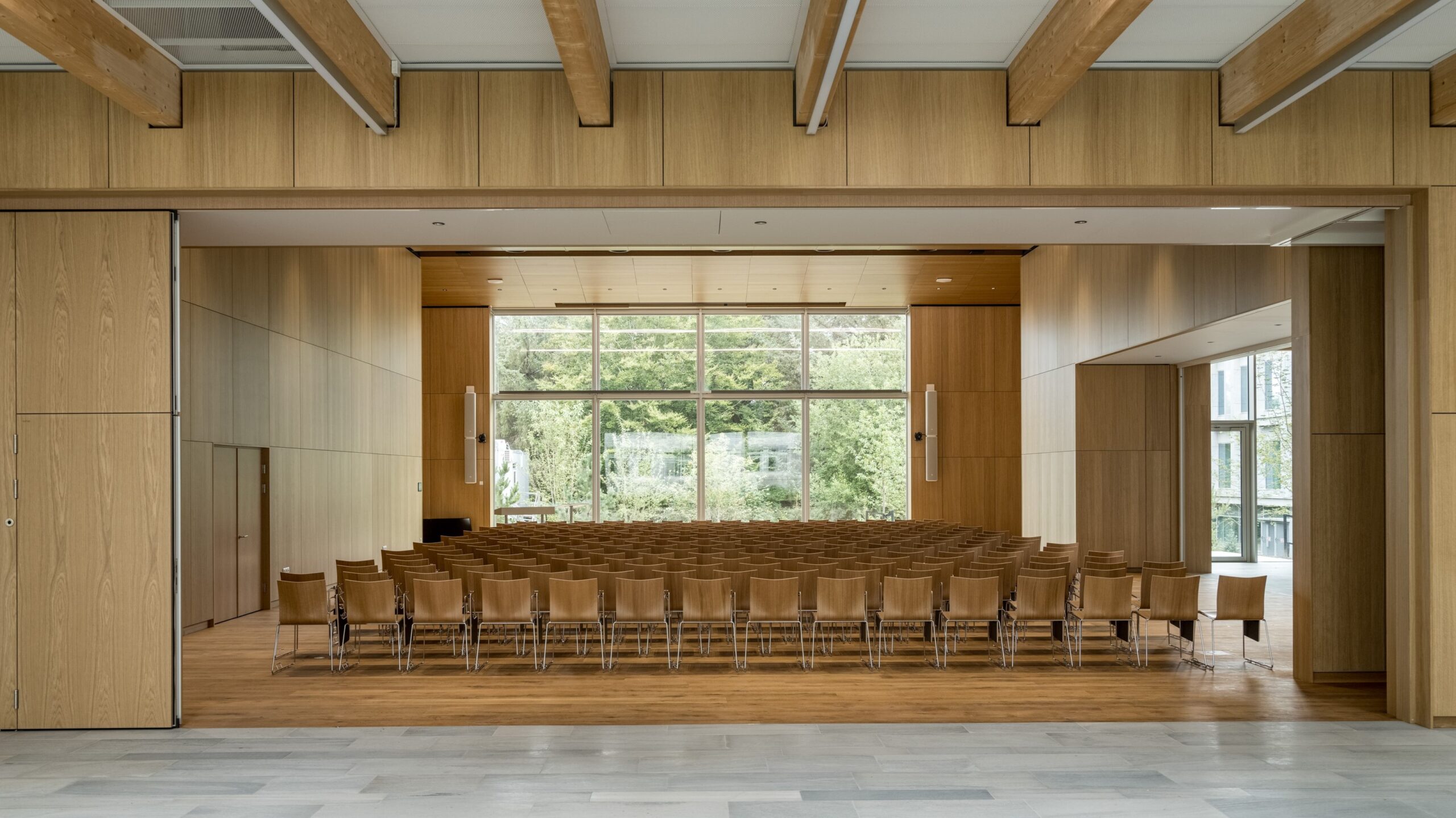
Novonesis Innovation Campus by Vilhelm Lauritzen Architects, Hørsholm, Denmark | Popular Choice Winner, Factories and Warehouses, 12th Annual A+Awards | Photograph by Rasmus Hjortshøj.
Similarly, there’s a renewed focus on materiality and tactile simplicity. By returning to natural materials — timber, stone, and earth — architects can appease our inherent need for nature and biophilic properties, counteracting the feelings of abnormality that arise when human beings are solely surrounded by glass and concrete. In other ways, architects are choosing to include variations of texture to evoke visual interest rather than a broad material pallet, simplifying their scheme without losing impact with techniques like stone carving, plaster moulding, and perforations. Ergonomic simplicity also plays a part here. Choosing products, fittings and furnishings that feel intuitive and comfortable to use, they are well designed, and engaging with them is subtly reassuring. Like Eno’s music, our surroundings become a background, not demanding our attention, simply there.
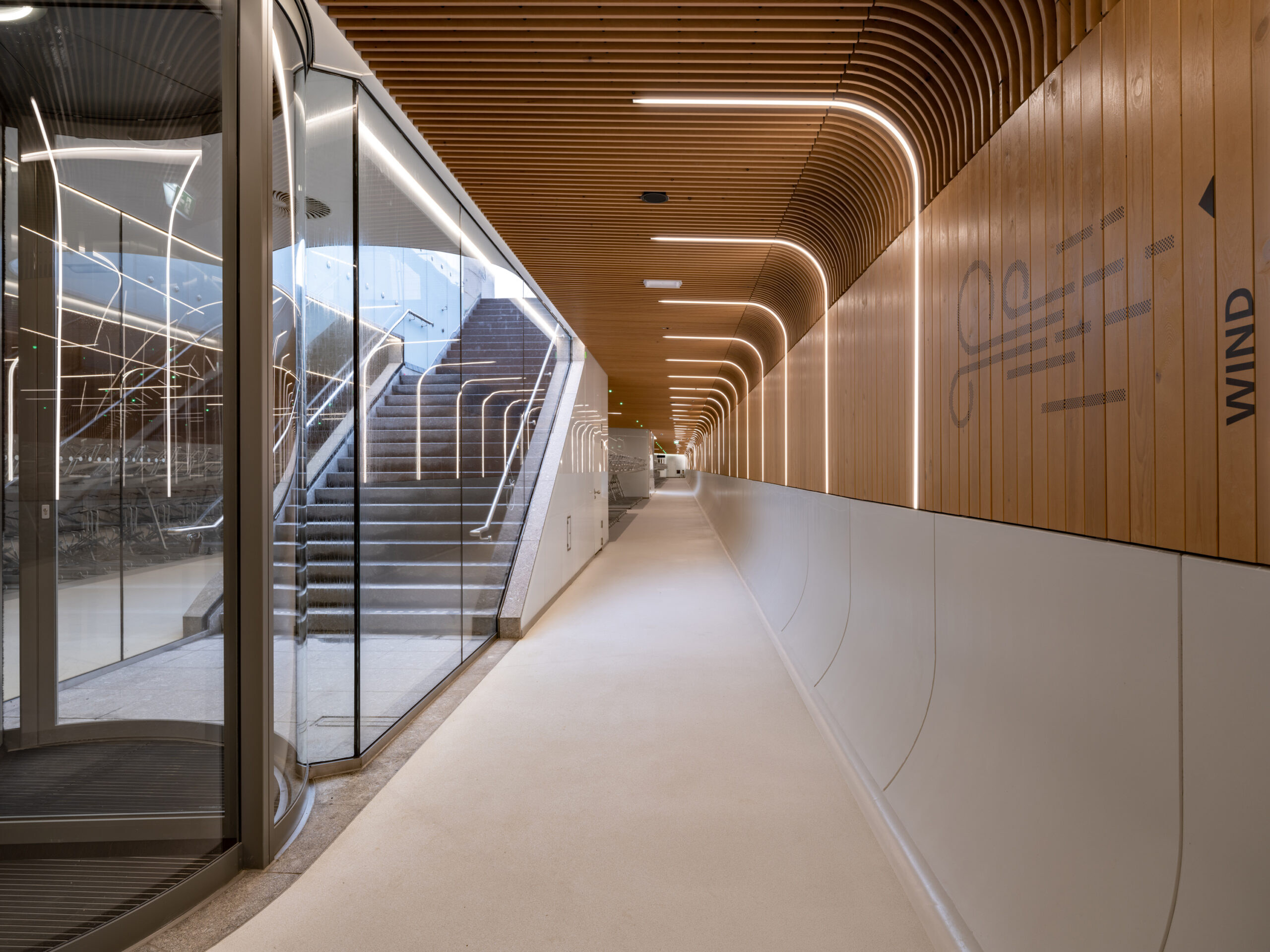
Bike Parking IJboulevard by VenhoevenCS architecture+urbanism, Amsterdam, Netherlands | Jury Winner, Transport Interiors, 12th Annual A+Awards | Photo by Ossip van Duivenbode.
Perhaps the most groundbreaking and necessary shift is towards cognitive simplicity. As cities and our lives grow more complex, so does our mental load. Architects are now designing spaces that can help alleviate cognitive strain by simplifying the way we engage with our environments. This can mean a few things. Firstly, designing layouts that are easy to navigate and prioritize the user over the perceived special value to reduce the mental effort needed to find our way. In the instance of urban planning, wayfinding becomes more natural and intuitive, with clear sightlines and logical progression from one place to another, returning to basic principles like hierarchies and module repetition. By minimizing decision fatigue and reducing environmental complexities, architects are designing spaces that don’t just look and feel simple but are actually simple to inhabit.
Cognitive simplicity doesn’t stop there, either. Despite technology being much of the problem with sensory overload, in the modern world, technology can be a force for good, not evil. Intuitive technology is a fancy but easy way to lighten our mental load. Adjustable lighting, automatic temperatures, and sound level alteration all exist and can be incorporated to create spaces and places that are comfortable without the user having to think about them. Smart systems make navigating streets and buildings intuitive. By allowing technology to work seamlessly in the background, we remove much of the everyday mundane thinking required by each individual, leaving space to think. Like ambient music, cognitive simplicity and ambient architecture aim to declutter the mind at every opportunity, creating buildings and even whole cities that one day will hopefully be “as ignorable as it was interesting.”
Calling all architects, landscape architects and interior designers: Architizer's A+Awards allows firms of all sizes to showcase their practice and vie for the title of “World’s Best Architecture Firm.” Start an A+Firm Award Application today.
The post Ambient Architecture: Designing for Tranquility in a Over Stimulated World appeared first on Journal.
What's Your Reaction?



























